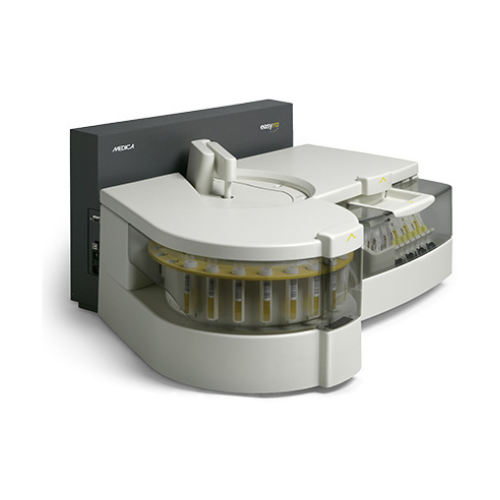For Business Use Only. Does Not Ship to Residential Addresses. For use inside an Analyzer, Sold Separately.
Beckman Coulter Access Prolactin Reagent, 100 Determinations, 2 x 50 tests
Product Code: 33530
Manufacturer: Beckman Coulter
Shipping Weight: 10.00lbs (4.54kg)
Specifications
Brand: Access®
Manufacturer: Beckman Coulter
Country of Origin: United States
Application: Reagent, Rental
For Use With: For Access 2, Unicel DXI, Synchron LXI Systems
Number of Tests: 100 Tests
Test Name: Prolactin
Test Type: Reproductive Hormone Assay
Intended Use
The Access Prolactin assay is a paramagnetic particle, chemiluminescent immunoassay for the quantitative determination of prolactin (PRL) levels in human serum and plasma (heparin) using the Access Immunoassay Systems.
Summary and Explanation
Prolactin (PRL) is a single chain polypeptide composed of 198 amino acids with three inter-chain disulfide bonds and a molecular weight of approximately 22,500 daltons. Prolactin is secreted by the anterior cells of the pituitary gland. Prolactin secretion is controlled by the hypothalamus primarily through the release of prolactin inhibiting factor (dopamine) and prolactin releasing factor (serotonin). Thyrotropin releasing hormone (TRH) stimulates PRL secretion and is useful as a provocative test to evaluate PRL reserves and abnormal secretion of PRL by the pituitary.
The primary physiological function of PRL is to stimulate and maintain lactation in women. In normal females, serum PRL levels generally range from 1-25 ng/mL (µg/L) while normal male levels typically range from 1-20 ng/mL (µg/L). Normal PRL secretion varies with time which results in serum PRL levels 2-3 times higher at night than during the day. The biological half-life of PRL is approximately 20-50 minutes. Serum PRL levels during the menstrual cycle are variable and commonly exhibit slight elevations during the mid-cycle. Prolactin levels in normal individuals tend to rise in response to physiologic stimuli including: sleep, exercise, nipple stimulation, sexual intercourse, hypoglycemia, pregnancy, and surgical stress.
Prolactin is secreted by the anterior pituitary gland and is required for normal breast development and lactation in women. Elevated PRL levels may be detected during the eighth week of pregnancy with levels continuing to rise throughout gestation. In the absence of breast feeding, PRL levels return to normal within three weeks after birth. Abnormally high levels of PRL are often associated with female infertility, impotence and infertility in men, primary hypothyroidism, and pituitary tumors.
Prolactin levels are elevated post-partum and in newborns. Prolactin deficiencies in normal individuals are rare. Pathologic causes of hyper-prolactinemia include: PRL secreting pituitary adenomas (prolactinomas), functional and organic diseases of the hypothalamus, hypothyroidism, renal failure, and ectopic tumors. Elevated levels of PRL may be observed in cases of primary hypothyroidism due to an increased secretion of TRH (stimulates PRL release) accompanied by decreased serum T4 levels and increased serum thyroid stimulating hormone concentrations. Hyper-prolactinemia has also been associated with the inhibition of ovarian steroidgenesis, follicle maturation, and secretion of luteinizing hormone and follicle stimulating hormone.











